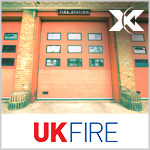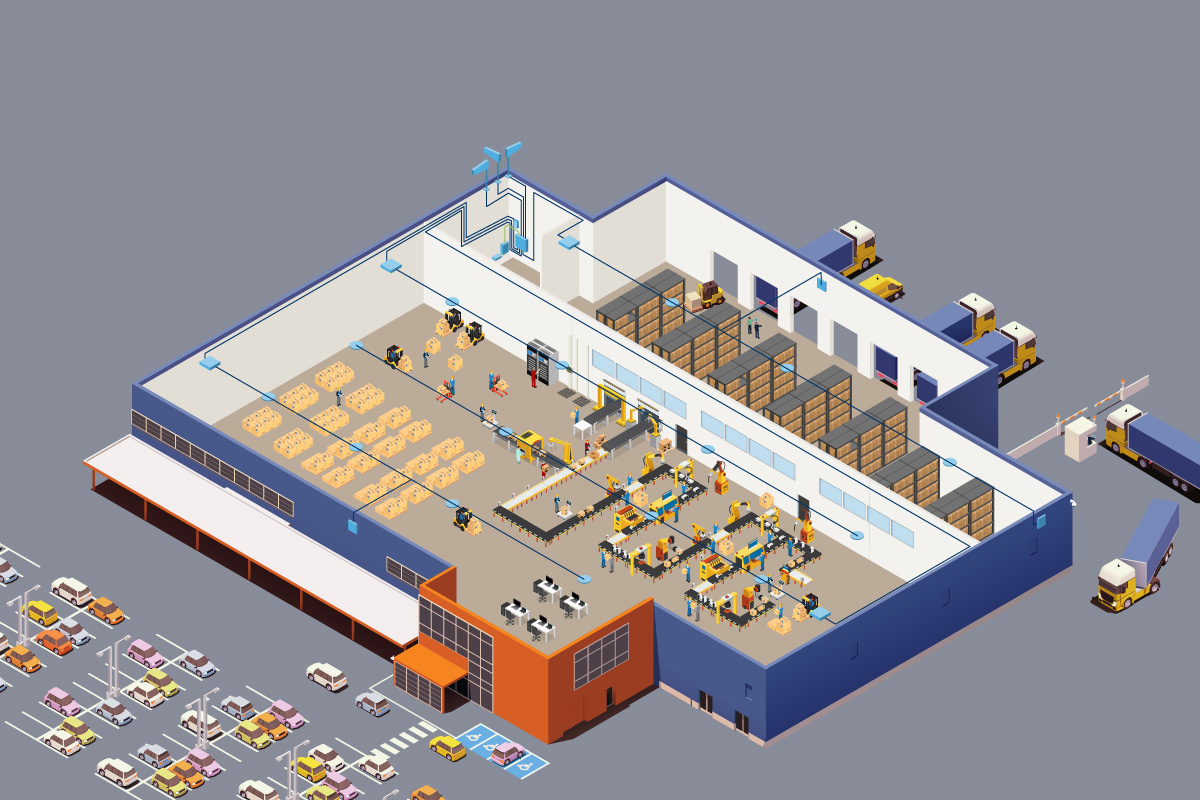Mobile Phone Coverage is Essential in Fire Stations
There has never been a more poignant time for companies and organizations to implement technology that keeps employees connected, no matter where they are. Mobile connectivity is now deemed essential, both for business operations and staff morale. This is even more critical when those people are employed by our public services on the front line, working tirelessly to keep us safe.
Fire stations across the country acknowledge that digital transformation will relieve the burden of outdated analogue processes. From automation to artificial intelligence, to analytics and the cloud, they are adopting new collaborative technologies to ensure firefighters and back-office staff have a network of information available that can be shared and acted upon.
Part of the digital transformation journey is a move towards a mobile-first working environment. Old, decommissioned phones and pagers are being replaced with smartphones and tablets. These new smart devices automate information sharing between the back office and front line and can reduce the number of calls placed to the control room. The control room can send an incident to the mobile device in the fire engine, plot the best route and track the vehicle. Once on site, a body-worn camera or fire-engine drone can live-stream progress and automatically upload the recording to the cloud for future reviews about the incident.
When the highly anticipated Emergency Services Network (ESN) program is rolled out, it will fundamentally change the way critical communication is delivered amongst Emergency Services. The current Airwave radio system will be replaced to operate on existing 4G mobile data run on Motorola Solutions and EE infrastructure. This aims to deliver a much better voice and data service to the emergency services, especially at times of network congestion. It will create a single platform for sharing data and imagery and enable faster adoption of successful mobile applications.
A stable, robust 4G mobile signal has become operationally critical, both in the fire station and in the field. However, in many fire stations, good mobile signal is often hard to come by. This is usually due to the layout of fire stations, which are made up of several buildings and outbuildings, constructed with building materials such as galvanized steel and thick glass. These materials effectively create a Faraday-cage effect, meaning the signal is unable to penetrate the building. Often, there is sufficient mobile signal outside of the building, but due to the building materials or proximity from cellular towers, inside is a mobile dead spot.
In 2021, many are still not aware that there is a cost-effective, legal and easy-to-deploy solution available on the market to dramatically improve in-building and in-vehicle mobile signal coverage.
Wakefield Fire Station, home to West Yorkshire Fire and Rescue Service, was one of the many fire stations that have historically suffered from poor in-building mobile signal coverage. However, when the 26,000 ft² site was reconstructed in May 2019, they had an opportunity to rectify this. They contacted Frequency Telecom to provide them with an OFCOM-compliant, network-approved in-building mobile signal coverage solution.
The CEL-FI SOLO solution was proposed as the best fit and most cost-effective solution to deliver enhanced mobile signal based on the size and layout of the building. With a mix of core fire and rescue equipment already in situ, the CEL-FI SOLO signal booster equipment had to be placed in specific locations to maximize signal gain whilst simultaneously causing minimal disruption to site operations.
Both the site survey and installation of the solution was performed by Boost Pro Systems, one of Frequency’s CEL-FI certified and approved installation partners. The project was overseen by the lead contractor on site, Murray Building Services Ltd.
The project was signed off by the client with the EE signal having increased from one bar of signal, before completion, to a steady five bars throughout the fire station.
Feedback following the deployment has been very positive. Aside from enjoying faster data speeds on their mobile devices and voice calls no longer dropping, Wakefield Fire Station employees have particularly mentioned the joy of not being forced to go outside to stay in touch with their loved ones.
For more information, go to www.frequencytelecom.com.
A version of this article was originally published by UK Fire Magazine.




